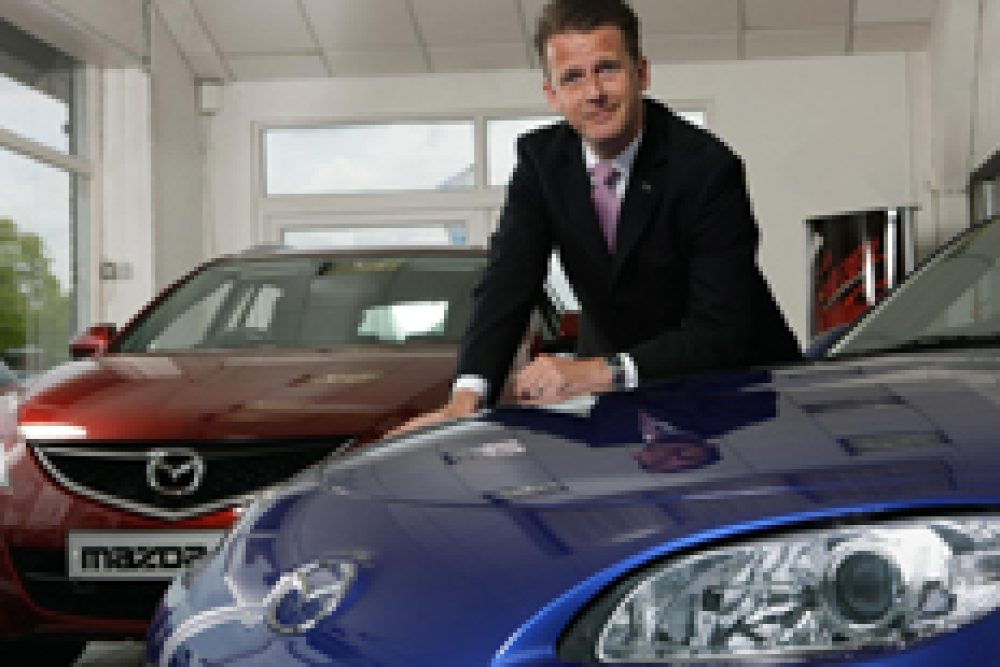Thomson expects Mazda’s total UK sales to be little or no higher this year but projects that the arrival of the new-generation product has the potential to lift annual sales over 50,000 “and some way beyond.”
That is not necessarily wishful thinking. The company has chalked up 50,000-plus sales three times in the past decade until recession and a relative new product hiatus started taking its toll.
Thomson predicts that growth will come from a collection of factors. “I believe the CX-5 will sell in much greater volumes than the (outgoing) CX-7. Unlike the CX-7, it will have an automatic transmission on offer to go with the diesel as well as 119g/km best-in-class CO2. It’s going to be ideal for user-chooser business drivers looking to their BIK.”
The all-new Mazda6, for which there is as yet no formal launch date, is also expected to emit a low, 105g/km arising from the SKYACTIV technology. “Taken overall, it’ll be good to have a full range of cars which are genuinely all new, including engines and transmissions. Mazda showrooms are going to look very different over the next three-four years.”
And it’s not just about styling, he insists. “I think buyers are taking a much more holistic view.” SKYACTIV, he predicts, will demonstrate that much can be done with internal combustion engine technology to make it a match for other innovative technology such as hybrids and adds that Mazda has no intention of creating a form of sub-brand within the company like BMW’s Efficient Dynamics. “The problem with the eco-badge solution is that the ordinary product then has to sit alongside it not looking so good.”
Waring himself says there are two important drivers of the fleet market: strong performances in CO2 reduction, with its associated BIK, VED and other financial benefits – or deep discounting. Given its high level of retail business, Mazda is steering well clear of the latter, he insists. “So the recovery in fleet business will be driven by CO2 and advanced new technology. The replacement for the Mazda 6 is targeted at 105g/km, for example.
“Not least, when it comes to hybrids, no-one really knows what the long-term costs are going to turn out to be. In terms of certainty, and that’s what’s important to the business user sector, what Mazda and some others are doing in terms of refining current core technologies is altogether more relevant.”
Read more on SKYACTIV
Interested by SKYACTIV technology? Read What is Mazda’s new fuel saving technology?








